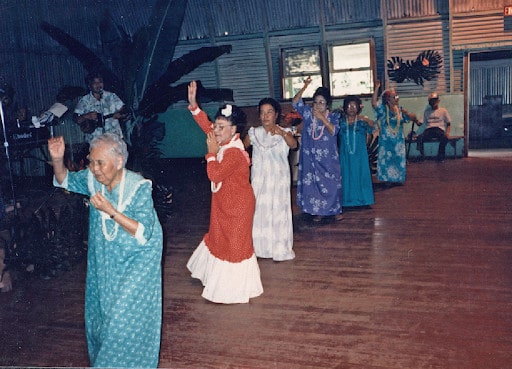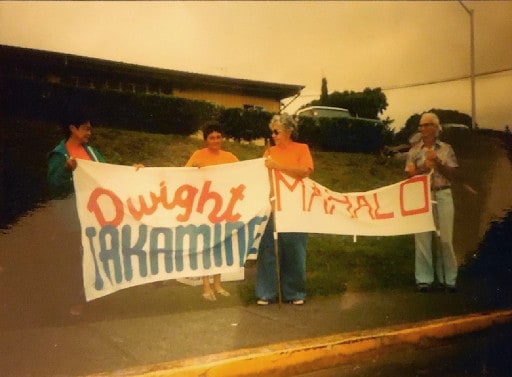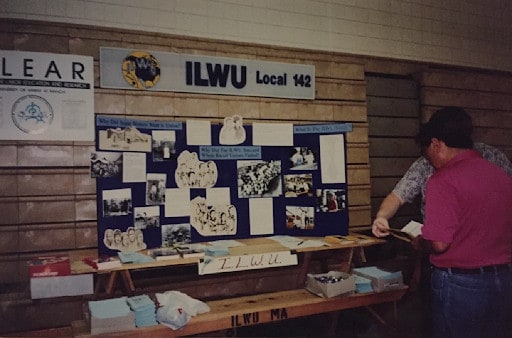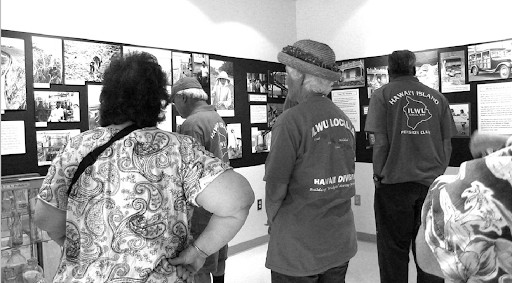The plantation era was both good and bad, but the hope is that the good aspects of plantation life can be rekindled, and the values, lessons and spirit of community will be perpetuated. Our children and grandchildren deserve no less.
- Joanne Kealoha, ILWU
THE UNION HALL HISTORICAL COMMITTEE
PEOPLE OF ILWU UNION HALL
ILWU/JACK WAYNE HALL BUILDING
The Union Hall Historical Committee
The Honokaa Historical Committee was started in 2021 by a passionate group of former ILWU members, Hawaiian historians and locals that are deep-rooted in the history of the Hamakua Coast Sugar industry. They all share and appreciate the role the ILWU Union Hall played in shaping the history of Hawaii and the quality of life and values for the hundreds of families and their friends in Honokaa and along the Hamakua Coast for the past 68 years.
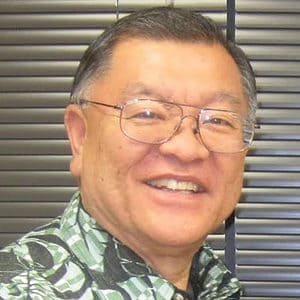
Dwight Takamine
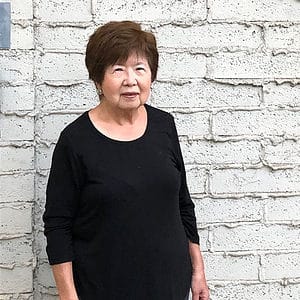
Joanne Kealoha
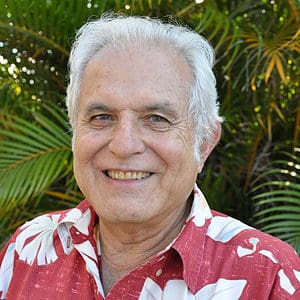
Gerald DeMello
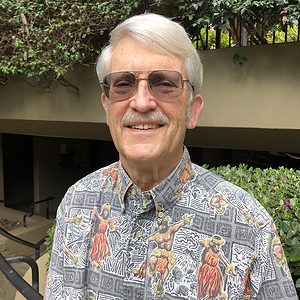
Ross Stephenson
Ross Stephenson PhD, is the co-author of historical reference books Honokaa Town and Honolulu Town (Arcadia Publishing), as wells as the Coordinator, Historic Honokaa Town Project and formerly Keeper of the Hawaii Register of Historic Places and Hawaii State Historic Preservation Division.
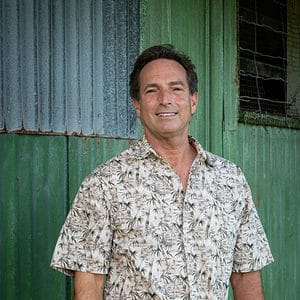
Lee West
Lee West has over 35 years of entrepreneurial experience in various businesses and strategic advisory capacities in technology, investing, and measuring impacts on women’s empowerment that provide environmental, social, and economic benefits for climate change adaptation and mitigation, resilience, and food security.
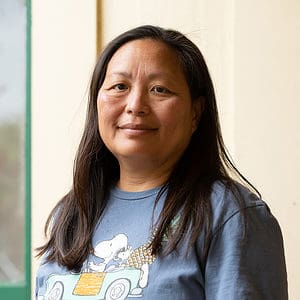
Sandy Takahashi
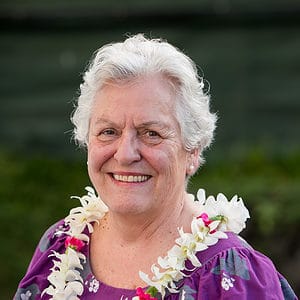
Dr. Momi Naughton
Dr. Momi Naughton has spent her life connecting culture, communities, and museums. After completing her bachelor’s degree at the University of Hawai‘i at Hilo, Momi earned a master’s degree in anthropology from Western Washington University in 1983. In 1985 she received a Kellogg Grant to study a team approach to exhibit development, this approach was further bolstered when in 1990, Momi received a Fulbright Cultural Exchange Grant to go to Aotearoa (New Zealand) to study the Maori bicultural model for museums. Momi received her doctorate in museum and heritage communications from Simon Frasier University in 2002 and after a position as curator of Anna Ranch archive and now is retired from her position as head of the Honokaa Heritage Center
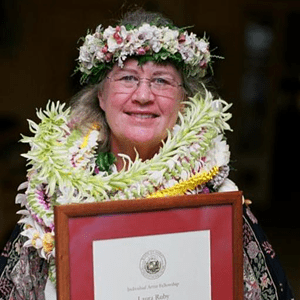
Laura Ruby
Laura Ruby is a 2015 Hawaii Living Treasure Honoree and a 2008 recipient of the Hawai’i Individual Artist Fellowship (the highest honor in the visual arts). She taught art and honors at the University of Hawaii for 34 years, and she edited the book Mo‘ili‘ili–The Life of a Community (2005) and co-authored the books Honolulu Town (2012) and Honokaa Town (2015) with Ross W. Stephenson and currently is nationally recognized artist and writer at Historic Honoka’a Town Project.

Nicole Garcia

Joe Costa
Joe worked for the Hamakua Sugar Company until its closing in 1994 and then worked for the ILWU Memorial Association responsible for the Jack Wayne Hall building. Joe is a lifelong resident of Honokaa and currently serves as an Advisor to the Union Hall Historical Committee.
People of ILWU union hall

Ah Quon McElrath
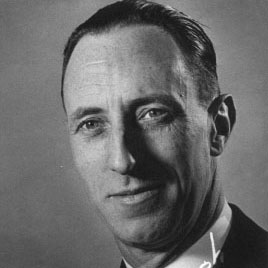
Harry Bridges
First President of the ILWU
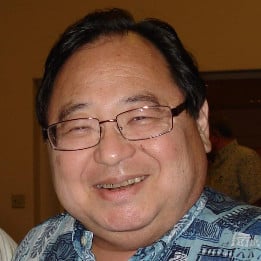
Guy Fujimura
Secretary Treasurer of the ILWU
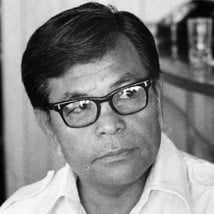
Yoshito Takamine
ILWU/Jack Wayne Hall Building
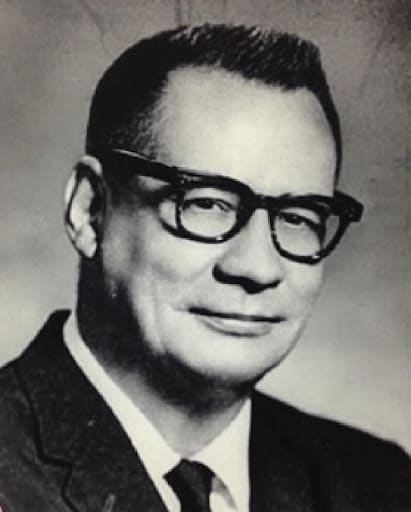
Jack Wayne Hall (1915-1971)
Events at the ILWU Hall
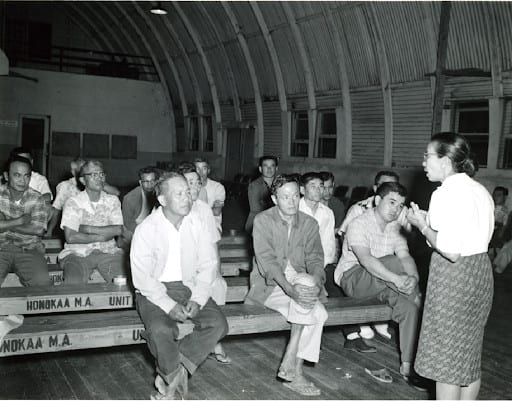
ILWU LOCAL 142 ARCHIVE

YAMATO COLLECTION; NHERC
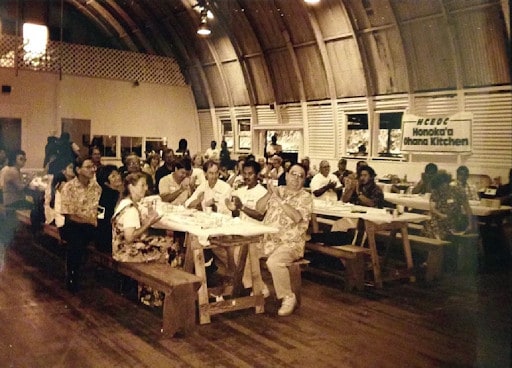
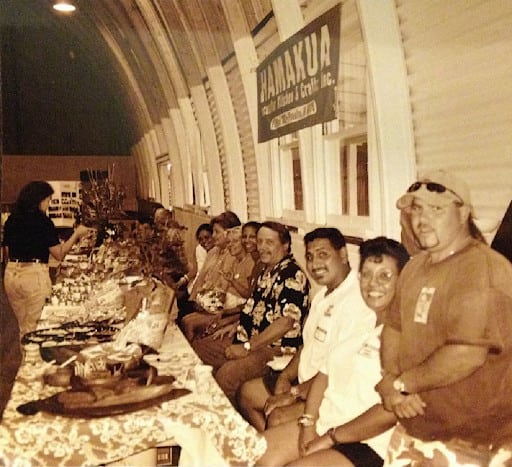
Hāmākua folks selling crafts and food in the union hall. (n.d.)
